
The EyeToy is a color webcam for use with the PlayStation 2. Supported games use computer vision and gesture recognition to process images taken by the EyeToy. This allows players to interact with the games using motion, color detection, and also sound, through its built-in microphone. It was released in 2003.

Sega Superstars is a party video game developed by Sonic Team for the PlayStation 2. It was published by Sega and released in Europe on October 22, 2004; in North America in November 2, 2004; and in Japan in November 11, 2004. The game features several minigames based on various Sega titles that are controlled using the EyeToy peripheral. Upon release, the game received "average" review scores from critics.

The Urbz: Sims in the City is a video game for the Game Boy Advance, GameCube, PlayStation 2, Xbox, and Nintendo DS. It is the third Sims game for video game consoles and is the second Sims game not to be released on Microsoft Windows; after a planned PC port and sequel were both cancelled due to mediocre sales. The next release for consoles and handhelds was the console port of The Sims 2.

EyeToy: Play is a minigame compilation video game for the PlayStation 2, released in 2003. It was the first game to make use of the PlayStation 2's video camera accessory, EyeToy. The game was initially packaged with the EyeToy when the accessory was first released.
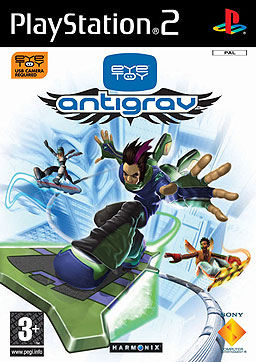
EyeToy: AntiGrav is a hoverboard game by Harmonix, released in November 2004 for the PlayStation 2. It was touted as the first "real" game for EyeToy targeted to more seasoned gamers. The earlier games such as Play and Groove were geared towards younger players for family or party fun. Unlike the earlier EyeToy games, the player's image is not shown inside the Antigrav game. Instead, the player's movement is reflected in the animated character in the game. The player moves their body to guide the on-screen character through a track. Some obstacles require the player to crouch or jump. Up to 4 players are supported. The game was released in the U.S. in November 2004, and in PAL in March 2005.

Virtua Tennis 2, known as Tennis 2K2 in North America and Power Smash 2 in Japan, is a sequel to Virtua Tennis that was released for the Sega Dreamcast, Sega NAOMI arcade unit and Sony's PlayStation 2 in 2001–2002. New features included the ability to slice and play as female players such as Monica Seles, Serena Williams, Venus Williams and Lindsay Davenport and the males such as Patrick Rafter, Magnus Norman, Thomas Enqvist and Carlos Moyá and mixed doubles matches. The game was created and produced by Hitmaker, with Acclaim Entertainment publishing it in Europe for the PS2. This was the last Virtua Tennis game to be released for the Dreamcast following its discontinuation.

Capcom vs. SNK 2: Mark of the Millennium 2001 is the sequel to the fighting game Capcom vs. SNK. It was originally released on NAOMI hardware in arcades. As in the original, players select a team of fighters from various Capcom and SNK games then fight other teams, winning each battle by defeating all the opponents from the other team.

F355 Challenge is a racing simulation arcade video game based on the race car and Ferrari event. It was developed by the AM2 division of Sega for the Sega Naomi Multiboard arcade system board under the direction of Yu Suzuki, and was later ported to the Dreamcast and PlayStation 2 home video game consoles under the names F355 Challenge: Passione Rossa and Ferrari F355 Challenge respectively for both American and European releases. The only model of car featured in the game is the Ferrari F355 Challenge model. The game was considered the most accurate simulation of the F355 possible up until that time.

EyeToy: Play 2 is the second PlayStation 2 game in the EyeToy: Play series. It uses EyeToy camera technology to project the player on to the television screen, allowing them to interact with on screen objects. The game contains twelve new minigames, that allow for single or multiplayer modes. The game also introduces a tournament mode, that allows several players to compete in a series of minigames, earning points for each game won.

EyeToy: Kinetic is an exercise program, or exergaming title developed in collaboration with Nike Motionworks. It has been designed to help the player improve their fitness and health using a variety of exercise games.

EyeToy: Play 3 is the third game in the EyeToy: Play series, for up to four players. The camera takes snapshots during the game for your player and is a requirement to play the game. Unlike previous EyeToy: Play games, Play 3 was not released in North America. Unlike the previous games, 4 players were able to play on screen at the same time as opposed to taking it in turns like the previous games.
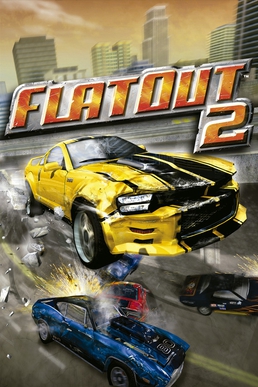
FlatOut 2 is a 2006 action racing video game developed by Bugbear Entertainment and published by Empire Interactive in Europe and Vivendi Universal Games in North America. It is the sequel to the 2004 game FlatOut.

EyeToy: Monkey Mania, also known as Saru Eye Toy Ōsawagi! Wakki Waki Game Tenkomori!! in Asia, Japan, and Korea, is a party game based on the Ape Escape franchise that requires the EyeToy camera peripheral to play. The game consists of the franchise's titular monkeys engaging in minigames, with multiplayer for up to four players. The title was sold as a standalone game, and also in a bundle with a silver-colored EyeToy peripheral.
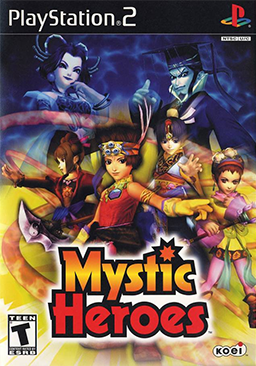
Mystic Heroes is a hack and slash video game developed by Koei. The game is loosely based on Investiture of the Gods, a Chinese supernatural novel about the fall of the Shang Dynasty and the rise of the Zhou Dynasty.

Capcom vs. SNK: Millennium Fight 2000, also known as simply Capcom vs. SNK in international releases, is a 2000 head-to-head fighting game produced by Capcom originally released as a coin-operated arcade game for Sega's NAOMI hardware and later ported to the Dreamcast. It is the second game in the SNK vs. Capcom series and the first game in the series to be released for the arcade.
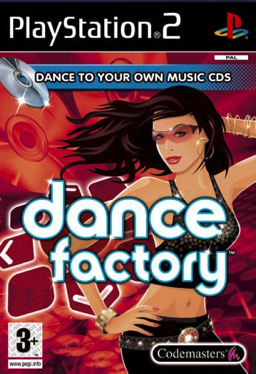
Dance Factory is a PlayStation 2 game developed by Broadsword Interactive and published by Codemasters. It has been compared with Dance Dance Revolution, but unlike the Dance Dance Revolution series Dance Factory can generate dance moves from any music CD. It can be played with any PlayStation controller and allows input from the EyeToy camera, but the majority of gameplay is done with a foot-operated Dance pad and is available with or without a pad in the package.
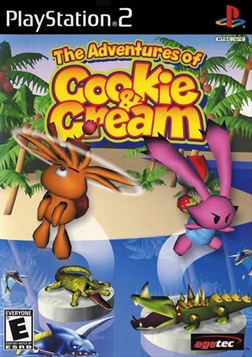
The Adventures of Cookie & Cream, known as Kuri Kuri Mix in Japan and Europe, is an action-adventure video game developed by FromSoftware for the PlayStation 2 released in 2000. In 2007, it was ported to the Nintendo DS as Cookie & Cream.
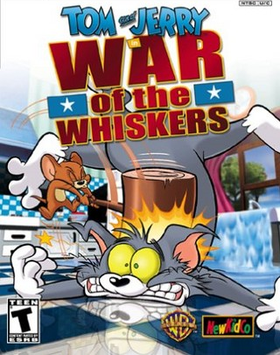
Tom and Jerry in War of the Whiskers is a fighting video game developed by VIS Entertainment, published by NewKidCo for PlayStation 2, GameCube, and Xbox. It is the sequel to the 3D cartoon fighting video game Tom and Jerry in Fists of Furry for Nintendo 64 and Microsoft Windows. It allows up to four players to play simultaneously. It is the only NewKidCo game and the only MGM's Tom and Jerry game, released to receive a T rating. The PlayStation 2 version was released in all major regions, and the GameCube and Xbox versions were only released in North America. The game received mixed reviews from critics, with Metacritic scores of 63/100, 64/100, and 50/100 on PlayStation 2, GameCube, and Xbox, respectively.
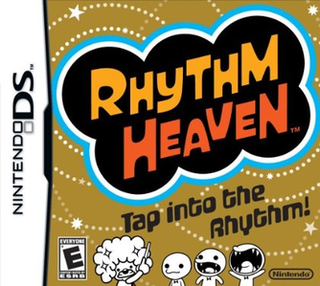
Rhythm Heaven, known as Rhythm Paradise in Europe and Rhythm World in Korea, is a Japanese rhythm video game developed by Nintendo SPD for the Nintendo DS. It is the second game in Nintendo's Rhythm Heaven series and the first one released worldwide, following the Japan-only Game Boy Advance title Rhythm Tengoku, and was succeeded by Rhythm Heaven Fever for the Wii and Rhythm Heaven Megamix for the Nintendo 3DS. The game was released in Japan on July 31, 2008, in North America on April 5, 2009, in Europe on May 1, 2009, and in Australia on June 4, 2009.

RC Cars, also known as Smash Cars for the PlayStation 2 and PlayStation 3 versions, is a vehicular combat game developed by Creat Games for Microsoft Windows and PlayStation 2 in 2002-2003.



















